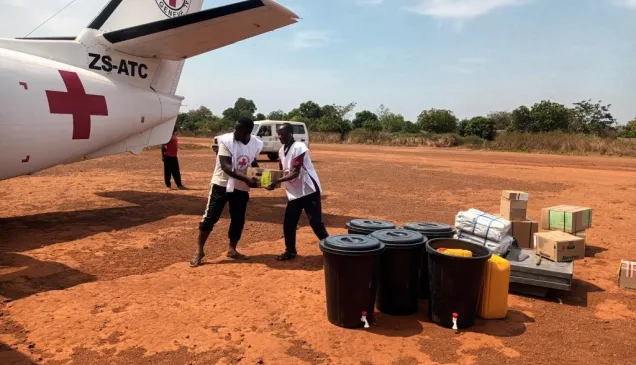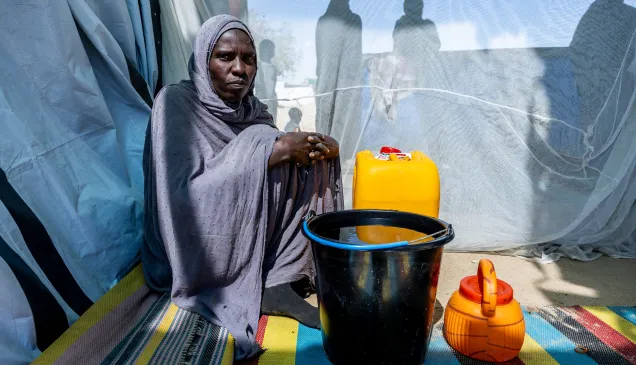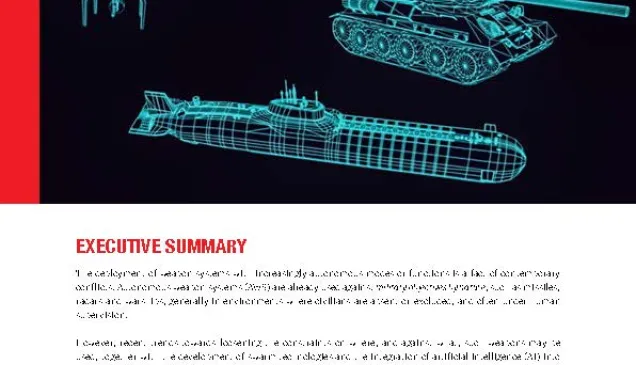States party to the 1949 Geneva Conventions and Additional Protocol I of 1977 have an obligation to take measures necessary to suppress all acts contrary to their provisions. Moreover, States must investigate war crimes allegedly committed by their nationals or on their territory, and other war crimes over which they have jurisdiction, such as on the basis of universal jurisdiction, and, if appropriate, prosecute the suspects. In accordance with these obligations and the limits they impose, States may adopt certain measures during and in the aftermath of armed conflicts to promote reconciliation and peace, one of which is amnesties. International humanitarian law (IHL) contains rules pertaining to the granting and scope of amnesties. Specifically, Article 6(5) of Protocol II additional to the Geneva Conventions relating to non-international armed conflicts (NIACs) provides that, at the end of hostilities, the authorities in power shall endeavour to grant the broadest possible amnesty to persons who have participated in the armed conflict, or those deprived of their liberty for reasons related to the armed conflict. Importantly, under customary IHL (as identified in Rule 159 of the ICRC customary IHL study[1]), this excludes persons suspected of, accused of, or sentenced for war crimes in NIACs
[1] See https://ihl-databases.icrc.org/customary-ihl/eng/docs/home
Download
PDF file
108.22 KB



